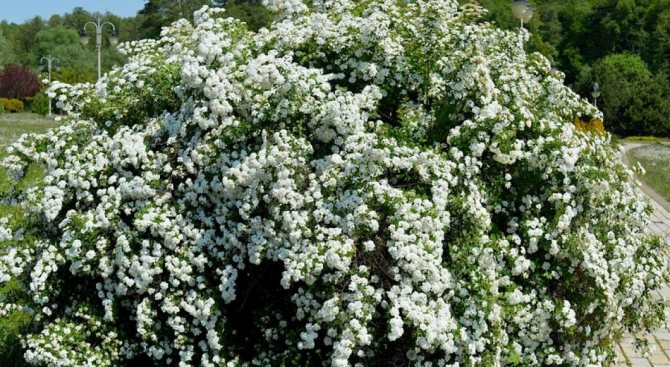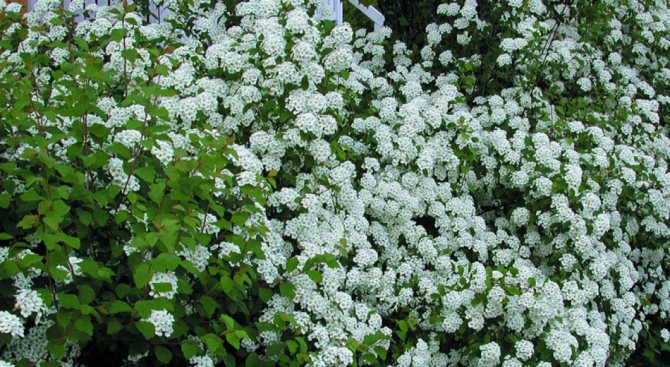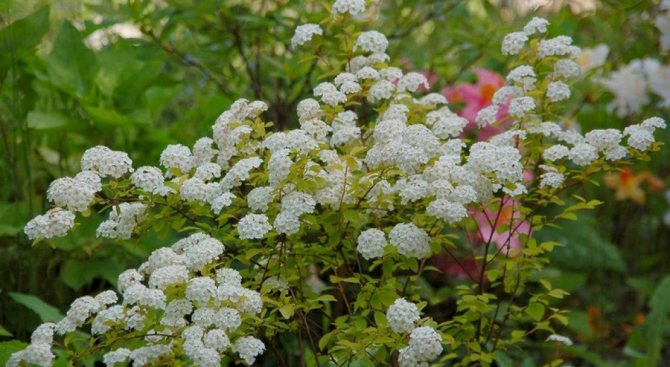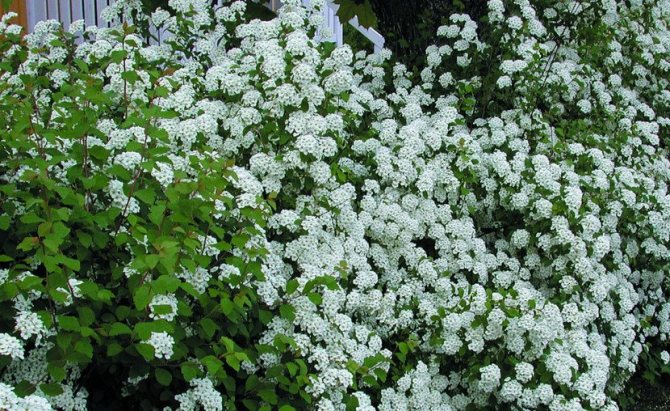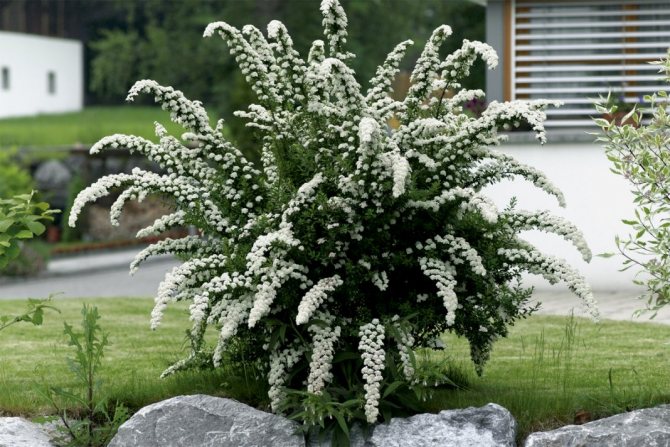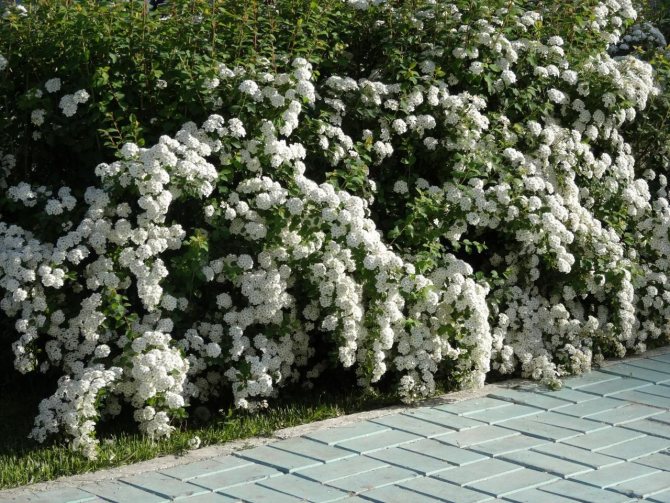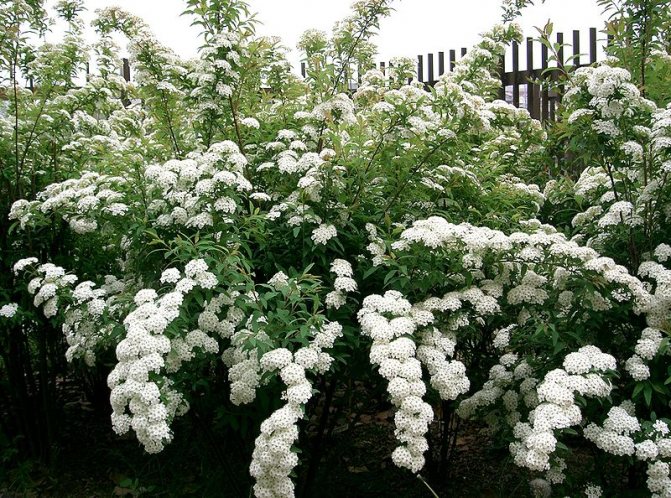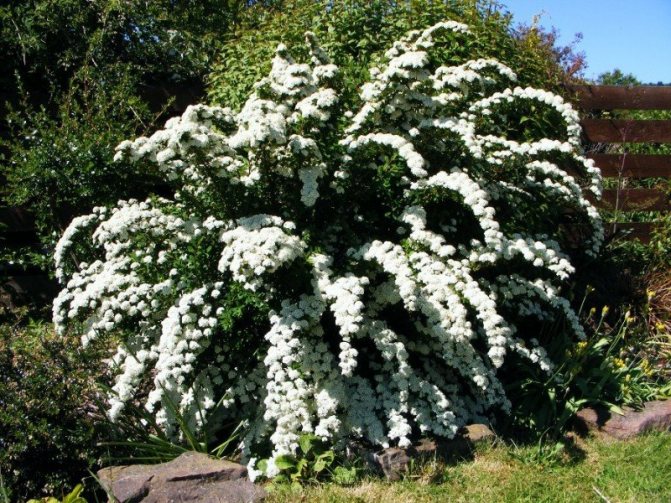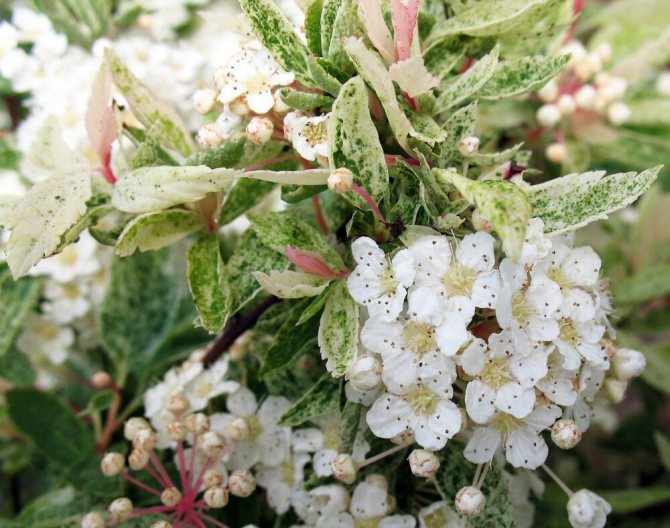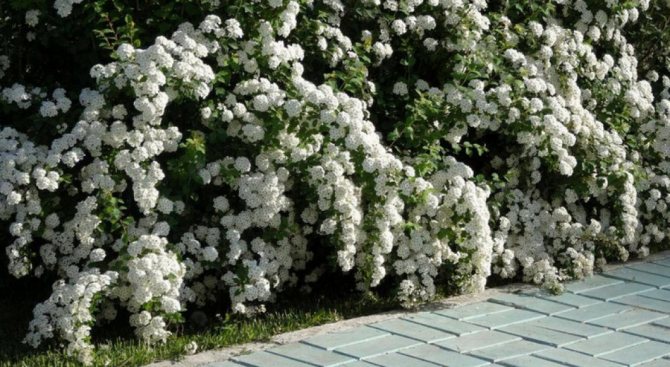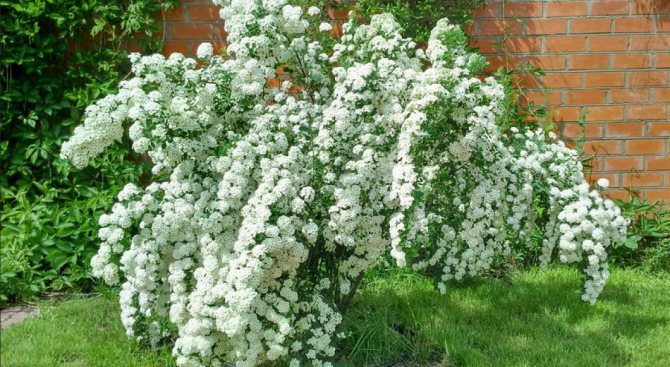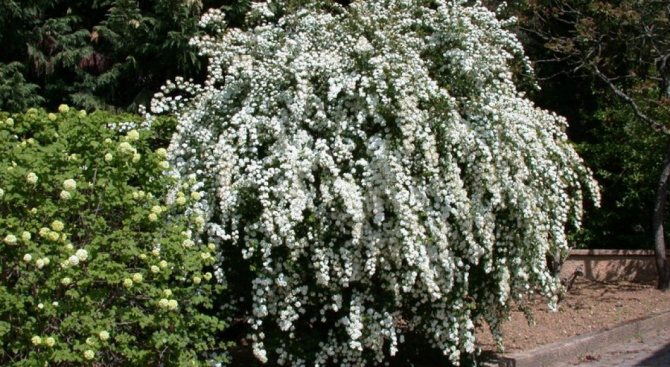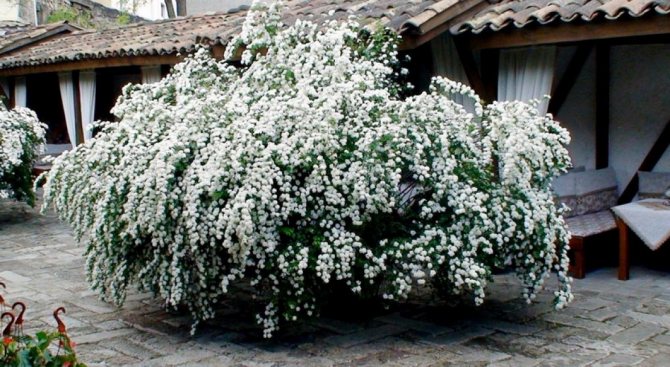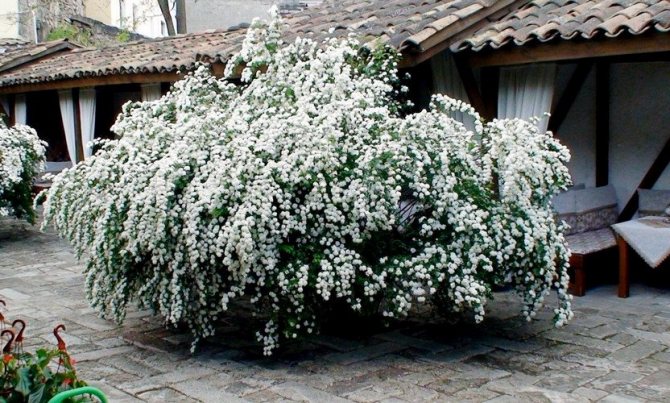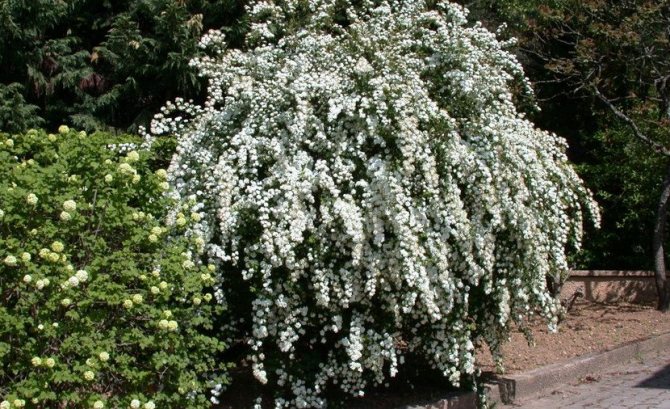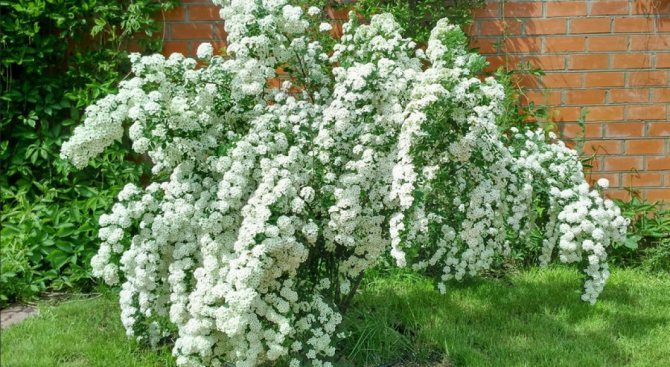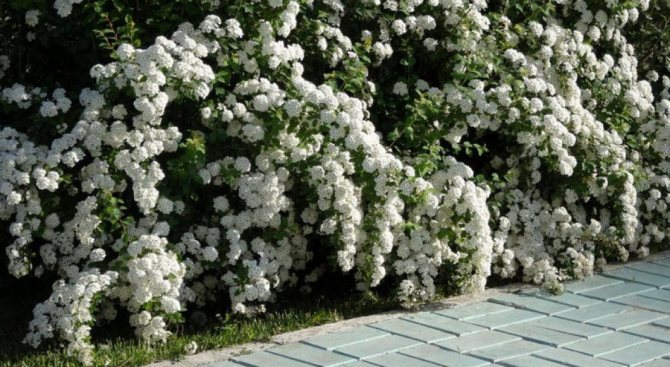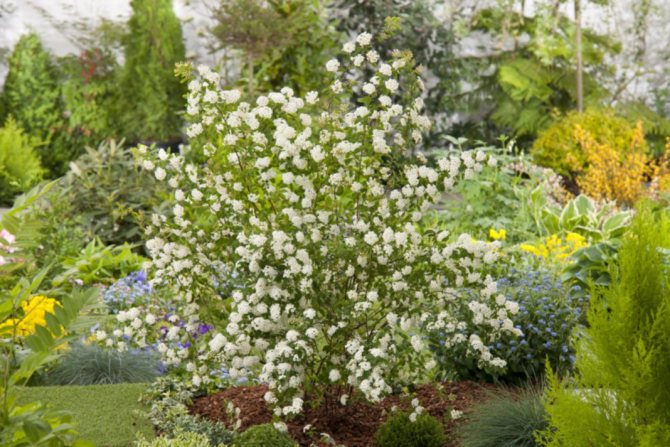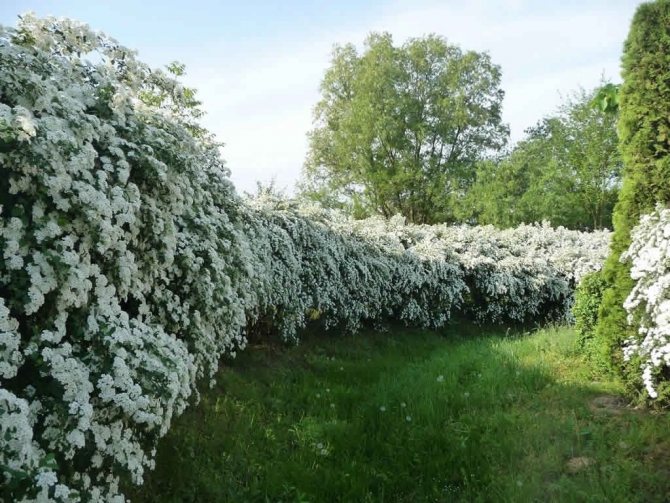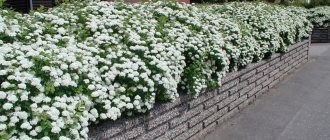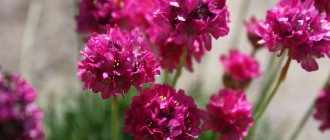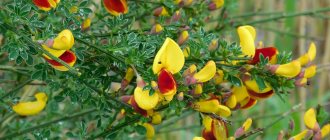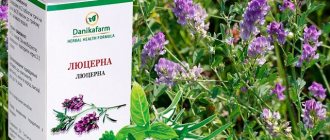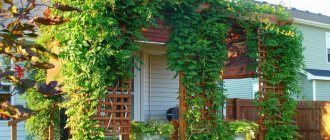Spirea Vangutta photo and description of the bush, size, planting and care will be described in this article.
Spirea Wangutta is an ornamental flowering shrub that is often grown in home gardens. Many love him for the spherical inflorescences that completely cover the branches. Breeders are developing new varieties and varieties, thanks to which the plant is gaining more and more popularity. The culture is unpretentious, but there are some rules in growing and care that you need to know.
Shrub description
A shrub with snow-white flowers is often used in landscape design, as it grows quickly and blooms beautifully, creating a beautiful appearance of the site in a short time. The plant blooms already in the first year so abundantly that even green leaves are not visible under the inflorescences. Therefore, the people call it "snow in May".
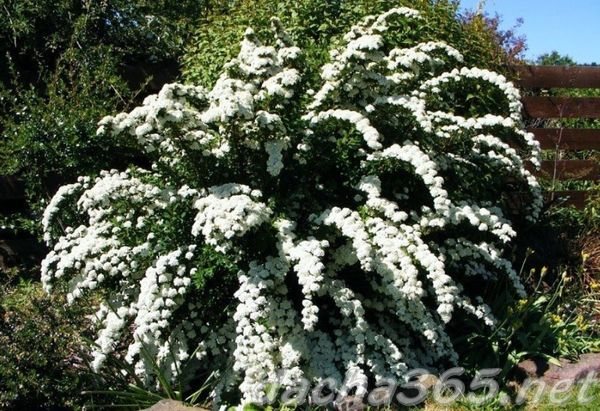
Interesting! There is one name for spirea - meadowsweet. It is under this name that the plant has been known in Russia since 1868.
Height and diameter of the crown
The shrub grows to a height of about 2 meters, its branches bend to the ground in arcs. The leaves are dark green in color, ovoid, with jagged edges, 3.5 cm long.
The diameter of the crown of the shrub also reaches 2 meters. Its shape is spreading, cascading. A shrub from afar resembles a white waterfall of delicate flowers.
Interesting! Some varieties grow up to 3 meters tall and are erect.
Bloom
The shrub looks very nice during the flowering period. Subject to all the rules for caring for a plant, it can please with flowering 2 times per season.


The first bloom lasts 2-3 weeks from mid June to mid July. Early varieties bloom in May.
The second bloom occurs in August. It is not so lush, but also very beautiful.
White flowers are collected in hemispherical inflorescences and are located along the entire length of the shoot.
Spirea: varieties, types, classification by flowering time
The Vangutta Spirea variety was bred in France as a result of crossing existing species - Cantonese Spirea and Three-bladed Spirea. The bush does not exceed 2 meters in height, it has a compact rounded shape. Spirea looks great in single and group plantings, suitable for framing paths, used in landscape design in complex compositions with different plants.
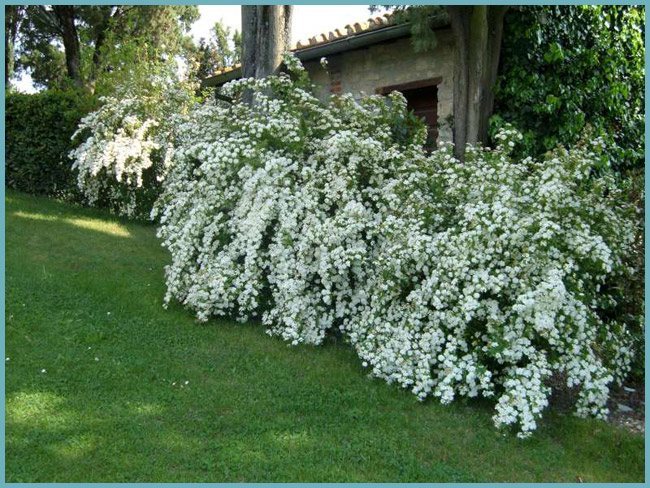

Spirea will perfectly fit into any garden composition
Spirea reaches its highest decorativeness during flowering. Umbrella-type inflorescences with white petals are distinguished by sophistication and sophistication. Looking at the photo of a blooming spirea, you feel airiness and lightness. A flowering spirea bush looks like a white cloud.
Varieties
Spirea Wangutta, depending on the variety, looks different. There are more than a dozen varieties that differ in size, timing and flowering duration.
Gold Fontaine
Spirea Gold Fountain appeared due to the mutation of Wangutta spirea. She has more pronounced decorative properties. It is a compact spherical shrub up to 1.2 meters high with orange-reddish branches. The bush grows up to 1.5 meters in diameter. Gold Fontaine grows slowly, gaining 15-20 cm per season.
Young leaves turn orange-red in spring, in summer they change color to bright yellow.
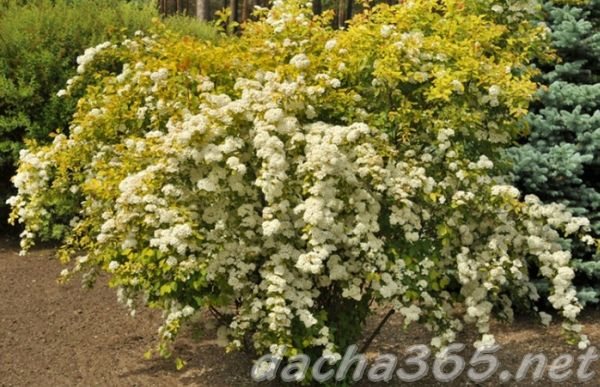

Advice! For the leaves to retain their golden color, the bush must grow in the open sun. In the shade, the foliage turns green.
There are many flowers. They are small, white, collected in hemispherical inflorescences. They emit a fragrant honey aroma. Such bushes are used for hedges, in single plantings and group compositions. Spirea Gold Fontain is often used for urban landscaping. It is hardy and can grow in any soil.
Pink Ice
Spirea Pink Ice is a globular shrub with variegated foliage and red branches. The bush grows up to 1.5-2 meters in height and width. Young leaves are creamy white, sometimes pinkish. As they grow, they become pale green with cream spots.
Pink Ice blooms in May-June in numerous, small white flowers, collected in hemispherical inflorescences, completely covering the shoots. Looks beautiful in contrasting compositions, for example, with barberry. It grows well in soil with weak or alkaline acidity, in which water does not stagnate. Differs in frost resistance. But it can freeze at very low temperatures.


Renaissance
A hybrid of American selection that grows rapidly and grows up to 1.5 meters in height and 2.0 meters in width. However, it is more compact than the Wangutta spirea. There are many branches, they are slightly curved.
It blooms from April 15 to May 30 with creamy white flowers. The leaves are small with finely toothed edges of a bluish-green color.
Grows well in sunlit areas. Has a high immunity to diseases. Differs in frost resistance. Doesn't require constant pruning. It is used in single plantings and mixed compositions.


Snow Whait
Snow White is a bush with a compact rounded crown, reminiscent of a vase. It grows up to 120 cm in height and 150 cm in width. The branches are curved, the leaves are dark green, turn orange-red in autumn. They bloom profusely with white flowers in spring.
Shoots fall to the ground in a cascade. Possesses good frost resistance. It is used for landscaping parks and squares, the formation of hedges in single plantings and mixed compositions. Grows well in sunlit areas.
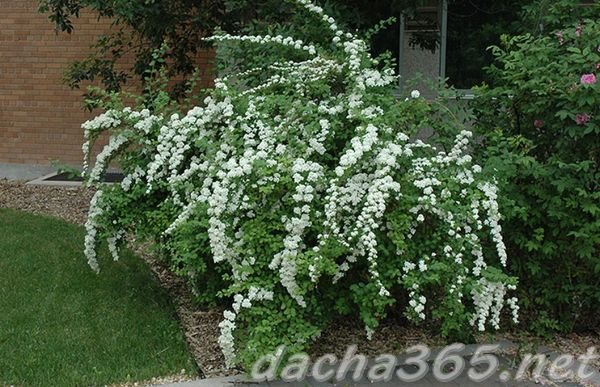

Application in landscape design
Landscape designers love the spectacular wangutta and include it in the creation of unusual compositions:
- hedge;
- single copies;
- decoration of lawns;
- ensemble with other plants.
The good survival rate of spirea in cities allows them to be planted near kindergartens, schools, various enterprises, in parks. Lush wangutta will be well complemented by rose bushes, plantings of peonies, lilies, asters. It is also combined with thuja, spruce, juniper. A spectacular haircut allows you to create strict compositions with spirea. Can replace willow near any body of water.
Growing spirea Wangutta
Spirea prefers to grow in areas well-lit by the sun.
Priming
Prefers fertile, loose, drained soil of neutral acidity. However, it grows well on any soil. For planting, a large hole is dug out. Drainage from crushed stone, expanded clay, broken brick is poured at the bottom.
Planting process and scheme
Spiraea with an open root system is best planted in the fall.
Important! The disembarkation is carried out depending on the region in September, sometimes until October 15.
The main thing is cloudy weather and wet soil.
Advice! If autumn is not rainy, the bush should be watered frequently.
Planting can also be done in early spring. When sap flow has not yet begun.
With a closed root system, plants can be planted throughout the season.
If the soil is loose, drained, a hole is dug into a depth of 40-50 cm and 25-30% more roots.
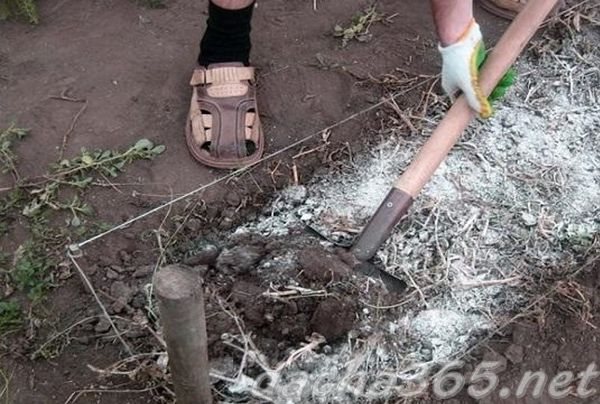

If the soil is heavy, clayey and water can stagnate in it, a hole is dug 2-3 times more than the root system of the spirea.A drainage layer is laid at the bottom. And the seedling is covered with a specially prepared substrate:
- 1 part of river coarse sand;
- 1 part peat;
- 2 pieces of leafy land;
- 1 part of rotted manure.
Between the bushes of the Wangutta spireas, they leave a different distance. Depending on the beginning of flowering and destination.
Summer bloom:
- In group plantings - 50-70 cm.
- For hedges - 40-50 cm.
- With 2 rows between rows - 30-40 cm.
Spring flowering:
- For hedges - 70-100 cm.
- In group plantings - 100-150 cm.
The day before planting, the roots of the seedling are soaked in a solution of the growth stimulator Epin or Zircon and fungicide.
During planting, soil is poured into the bottom of the pit, a seedling is placed on it, and the roots are straightened. The hole is covered with a substrate, tamped and watered.
Watch the video! Spirea: how to plant correctly
Planting and leaving
For planting spirea seedlings, spring and autumn are suitable. In autumn, it is better to do this at the time of foliage falling, and in spring - at the beginning of sap flow. It will be better if the seedlings have a closed root system before planting. Next, you need to follow the tips below.
Also learn how to plant and care for spirea.
How to choose a seat
A site with dry sandy soil is suitable for landing. Its illumination is almost the main nuance in choosing a place. Only in open areas can you expect abundant and regular flowering of the shrub. Lowlands, where a lot of rainwater and snow accumulate, are not suitable for its habitat.
Do not forget to take into account the size of the plant's crown in adulthood. Wangutta does not like harassment, because, although she has a superficial, but rather spreading root system. Choose a minimum distance between bushes of at least 1.5 m.


Wangutta prefers fertile, rich, breathable, light and loose soil. Its pH level should not exceed 7 units.
It is best to pick up a sod, leafy soil. If there is no such on the site, then prepare the soil mixture yourself. To do this, mix 1 part of peat, sand and 2 parts of turf.
And here are more ways to adjust the soil on the site:
- Be sure to add peat or sand to loam, chernozem, which is considered a fat, heavy soil.
- Feed the depleted soil with organic and mineral fertilizers.
- Correct the soil with high acidity with wood ash or lime.
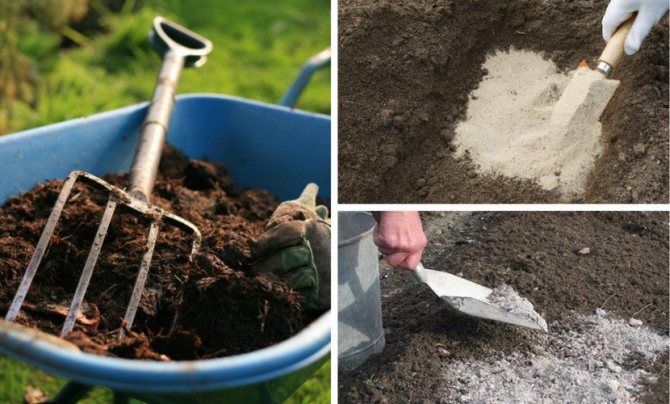

Landing scheme
To obtain seedlings, cuttings are most often used, because the germination of seeds is only 5%. The petioles take root well, so they can be rooted in spring and autumn. They take root quickly, do not freeze.
We suggest that you familiarize yourself with information about the features of growing spirea in the Urals.
In areas of the middle belt and northern latitudes, spring planting of young bushes is used. Young, strong specimens with swollen buds are suitable for this. It is important that they have not yet blossomed before planting.


Below is a suggested spring planting scheme:
- Choose a suitable place for holes, dig holes 50 cm deep and wide with a distance of at least 1.5 m between them.
- Leave the dug holes to air for a few days.
- Before planting, soak the root system of seedlings in water, carefully examining it and removing damaged areas.
- If the soil is loamy, then add expanded clay or broken brick with a layer of 15–20 cm as drainage.
- Dip the seedlings into the holes, cover with an earthen mixture.
- Make sure that the root collar of the bushes is level with the ground.
- Lightly tamp the soil, water abundantly with 1-2 buckets of water.
- Apply peat mulch in a layer of 5-10 cm.


In addition to removing seedlings by cuttings, propagation by layering is used. The method is used in the spring, when leaves begin to bloom on the branches. To do this, select several shoots on the bush, bend them to the ground, deepen them a little and cover the junction with soil.
So that the shoots do not grow, but take root, their tops are cut off. As necessary, the rooting site is watered. By the fall, such a plant will take root and will be ready to be transplanted to a permanent place.
Video: Planting Wangutta spirea
Fertilizers
Fertile soil under the spirea does not require more than one top dressing per year. Poor land should be fed twice: before flowering and autumn pruning. To do this, use both organic and mineral fertilizers. Add organic matter after cutting shrubs. Pre-insist chicken or cow dung in water for a week.
Did you know? Ancient Russians made whips from spirea shoots. Over time, they were used to make ramrods for guns.
Add 10 liters of water to 1 liter of droppings. Apply the fertilizer in the evening after you have watered the plant abundantly. A young plant needs 0.5 buckets of such feeding, and an adult specimen - up to 20 liters.
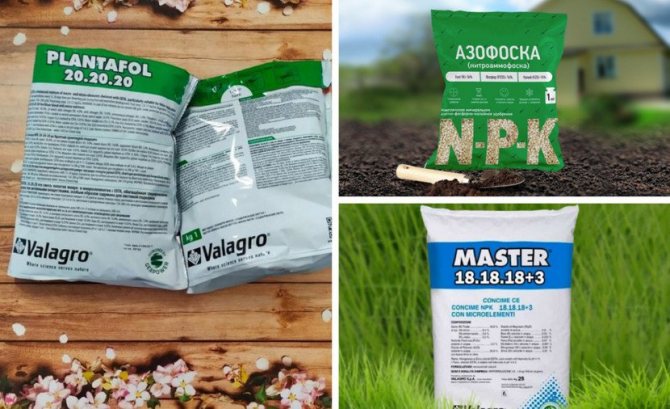

In the spring, before flowering, apply mineral fertilizers. It will be better if you buy special complex mixtures: "Sudarushka", "Plantafol", "Azofoska", "Master". Add them to the root zone at the rate of 60 g per 1 m².
Pruning after flowering
Wangutta needs to be carefully trimmed every year, otherwise the shrub will lose its shape. Pressure from the upper branches to the lower ones is possible. Untimely pruning leads to weakening and thinning of young shoots.
Important! For abundant flowering next year, it is necessary to carry out light pruning after the inflorescence wilting. This will promote the development of new flower buds on the branches.
Wangutta blooms in early summer, so prune in the spring. Thin bushes for the first time at 4 years of age. After the winter awakening, trim off the ends of the shoots that are frozen. Feel free to remove thin, weak stems. Carry out a radical haircut at the age of 7 bushes, and then only remove the old branches. Prune them at ground level.
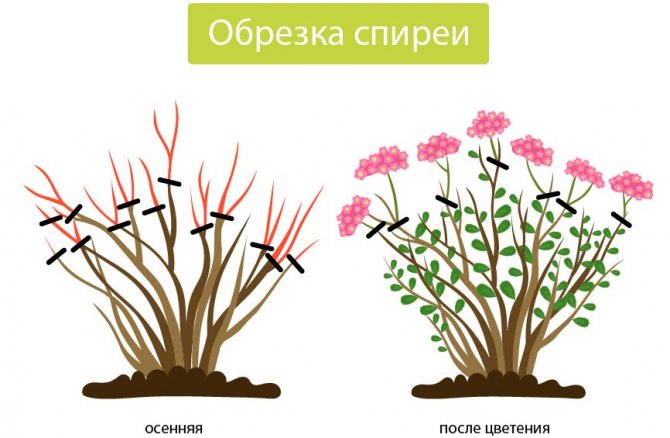

Watering and moisture
The lush, spreading branches of the wangutta prevent it from drying out. You just can't wait until the soil near the roots hardens and cracks, because then there will definitely not be a lush flowering. Water the shrubs regularly, but not liberally. An adult plant needs 2 waterings per month in a bucket of water.
In severe drought, the frequency of moistening can be increased up to 3-4 times per month. Young bushes also require more frequent watering. For this, soft, warm, settled water is suitable. After watering, cover the root zone with a layer of mulch in the form of sawdust, peat, or hay.


Care advice
For active growth and abundant flowering, the spirea must be properly looked after: watering, fertilizing, pruning, protecting from diseases and pests.
Watering
Regular removal of weeds and loosening of the soil will help improve soil moisture during irrigation and fertilizer absorption during feeding.
Advice! Having mulched the root zone of the spirea with a layer of 10 cm, there will be no need for loosening and weeding the soil.
The plant does not like stagnation of water at the roots, therefore, the frequency of watering is chosen depending on the composition of the soil. Usually, the bushes are watered 3-4 times a month, and more often in drought.
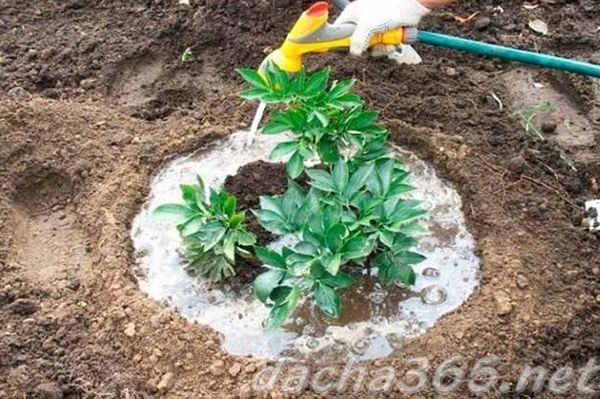

You also need to spray the crown with warm water. This will improve the growth of the plant.
Fertilizer
If, during planting, the spirea was covered with a nutritious substrate, it does not need to be fertilized for the first year. Next, the bushes are fed with complex phosphorus-potassium fertilizer 1 time per season. The trunk circle is mulched with organic matter, for example, rotted manure.
Pruning
In order for the spirea to bloom beautifully, it is necessary to form a crown and carry out sanitary cleaning. Remove dried, old and diseased branches, leaves and inflorescences.
Advice! In order for the plant to winter well, pruning must be carried out before the onset of cold weather.
During the season, 2-4 pruning is carried out, which the spirea tolerates well.
Remember that spirea blooms on the branches of the second year. Therefore, 1-2 strong kidneys should be left on them.
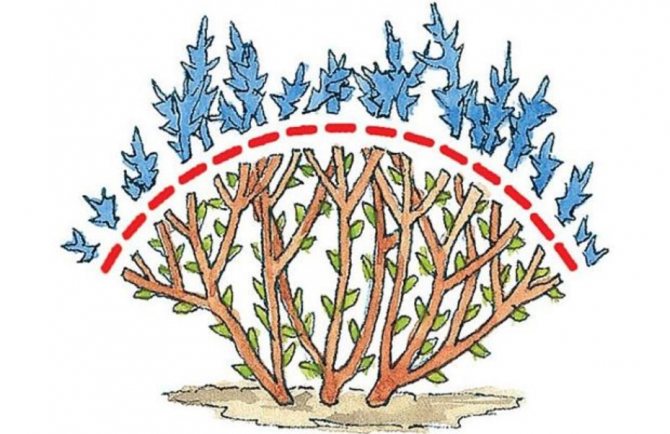

Watch the video! How to trim the front of WANGUTTA
Spirea care is a guarantee of exuberant flowering
In order for the Wangutta spirea bushes to bloom exuberantly every year, it is necessary to provide the plants with proper care, which boils down to uniform watering during the summer season and crown formation. All dried and damaged spirea branches must be periodically removed from the bush. After pruning, the plant bushes well, quickly grows the crown, it is only important to prune before the onset of cold weather.
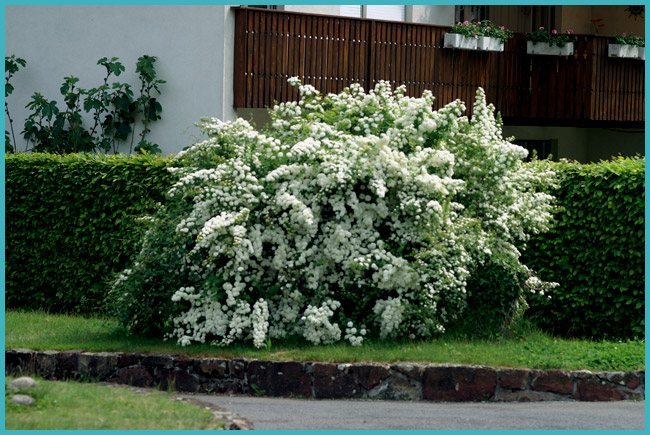

To give the shrub the desired shape and update it - prune
It is imperative to mulch the spirea plantings. Of great importance is the timely removal of pests from the spirea bushes, as well as the treatment of diseases.
Preparing for winter
Spirea is a frost-resistant plant that does not need to be covered for the winter. They can survive even in freezing temperatures down to -40 ° C.
It is recommended to cover shrubs in regions with cold winters, where frosts drop below -35–40 ° C. The root zone is covered with dry leaves, film and other insulation. If some shoots freeze during the winter, they are cut off in the spring so that the spirea does not waste its energy on them.
Advice! In the first winter, it is recommended to cover young seedlings so that they take root well and survive the winter.
How to properly plant Wangutta spirea in the garden
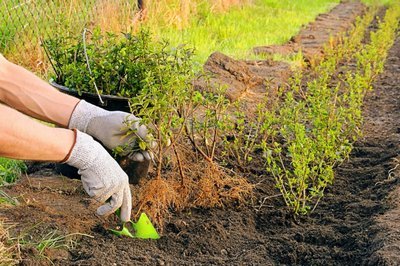

The correct planting of a shrub largely determines not only the growth rate, flowering activity, but also whether the spirea will take root in the chosen place. As mentioned earlier, Wangutta, although it belongs to the number of unpretentious plants, still has its own preferences regarding the quality of the soil and lighting. Therefore, those gardeners who decide to grow Wangutta spirea and are wondering how to plant and care for it should know that the key to success lies in choosing the right place for planting, selecting a seedling and adhering to planting technology.
Selection of seedlings and soil preparation
When choosing a seedling of this ornamental plant, it is worth paying careful attention to the state of its root system, because it is this factor that determines the resistance of the spirea and the duration of its life. The roots must be strong, without flaws or damage.
In addition, their number plays an important role - the more branches, the faster Vangutta will take root in a new place.
The roots must be strong, without defects or damage. In addition, their number plays an important role - the more branches, the faster Vangutta will take root in a new place.
Reproduction of spirea
Spirea Wangutta is propagated in the following ways:
- seeds;
- cuttings;
- taps;
- dividing the bush.
Seeds
Spirea seeds are rarely propagated, since they do not germinate well. Sow in early spring exclusively fresh seeds in a mini-greenhouse. With proper care, seedlings will appear in 10-14 days.
They dive in 2-3 months. They are planted in open ground for the next season, when the root system of the bush gets stronger.


Cuttings
2 weeks after flowering, cuttings are cut from strong semi-lignified shoots. They are stuck in containers with peat and sand for rooting.
The plantings are covered with foil to create a greenhouse effect.
Interesting! When new young leaves appear, the stalk has taken root.
The finished seedlings are transplanted into separate pots. Seedlings are transplanted into open ground after a year.
Watch the video! How to grow a spirea from a cutting
Taps
The easiest method for breeding spirea. In early spring, a powerful semi-lignified shoot near the ground is laid out in a pre-dug trench, leaving the top above the surface. The shoot is fixed with a bracket and covered with soil. All season it is watered, mulched for the winter.


In the spring, the already rooted branch is disconnected from the bush and transplanted to a permanent place.
Dividing the bush
This method is used when transplanting a plant. The bush is dug up and divided into several parts, leaving a strong root system and developed shoots on the parcels.All cuts are treated with charcoal and planted in a new place.
Planting a spirea: how to do it right
Wangutta spirea bushes can be planted in the garden in spring and autumn. When planting in spring, there is a fear that the shrub will not bloom this year; when planting in autumn, one should beware of wintering. Despite the high winter hardiness, spiraea planted in autumn can be difficult to winter, especially with late planting.
The plant should be transplanted in the fall in advance so that the roots have time to take root. When planting a bush, you should carefully examine the roots of the plant. If necessary, part of the roots can be removed, special attention is paid to damaged roots and those affected by fungal diseases.


Plant the spirea in the spring so that the plant has time to prepare for wintering.
The thickened aerial part of the spirea can also be thinned out - some of the secondary branches are removed. Spirea Vangutta blooms on the shoots of last year, therefore, when a significant mass of skeletal branches is removed, it does not form buds in the first year after planting.
Important! The planting pit is prepared individually for each bush, while taking into account the mass of the roots and their length.
The soil removed from the pit is mixed with peat and compost. A cushion of drainage mixture is placed on the bottom using gravel, pebbles and coarse sand. Spirea roots suffer greatly from wetting and damping at high groundwater levels. The drainage layer in this case is necessary for the normal development of the plant. Sprinkle the seedling with earth, tamping it around the stem. It is useful to mulch the top of the planting pit to keep the soil moist.
Important! Spirea does not tolerate cold watering. When planting, the plant is watered with water at room temperature.
Diseases and pests
Spirea can get sick with improper care. It can be attacked by aphids, sawflies and gall midges. For control and prevention, shrubs are sprayed with a solution of insecticides - Aktara, Aktellik, Engio.
It is necessary to monitor the level of moisture and acidity of the soil, otherwise fungal diseases will appear. They are fought with systemic fungicides - Infinito, Falcon or contact preparations with copper, for example, Medyan Extra.
Watch the video! Flowering ornamental shrubs. SPIRA WANGUTTA
How spirea Wangutta is propagated
Kerria Japanese photo, description, planting and care
At present, the reproduction of the ornamental shrub of the Vangutta spirea is possible in several ways: by seeds, cuttings, dividing the bush and layering. Each of them allows you to increase the beauty of your personal plot, but has its own characteristics and tricks.
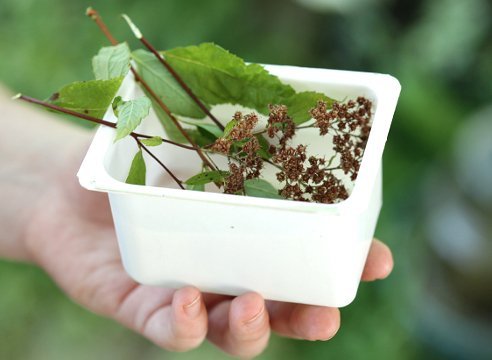

Propagation by cuttings
Harvesting of cuttings from bushes blooming in spring should be carried out in June, and spirea, blooming in summer, at the end of July. The harvested cuttings take root by the middle of autumn.
For cuttings, a strong annual shoot is chosen and divided into cuttings with 5-6 buds. The lower leaves are removed from the cuttings, and the rest are cut in half. To increase the effectiveness, it is recommended to soak the resulting cutting in the Epin solution and an agent that stimulates the growth of roots. The sections remaining on the spirea bush must be treated with garden varnish.


The resulting cuttings are planted in a moist substrate, which can be vermiculite, sand, fertilized soil or perlite. In some cases, it is desirable to create greenhouse conditions by covering the container with seedlings and maintaining a uniform temperature and constant humidity in it.
It is important to periodically let them get enough fresh air, and during cold snaps to protect them from low temperatures. This can be done with foliage, branches, tops and any available material.
Planting cuttings in open ground is carried out in the spring, when small shoots and root systems appear.
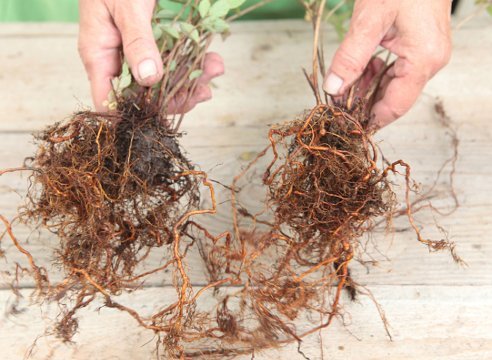

The Vangutta spirea bushes obtained in this way should be planted in pre-prepared planting pits, in which the soil is fertilized, and drainage is also provided.
In autumn, reproduction by layering gives a result - an additional root system is formed at the incision site, and a new seedling can be separated and planted.


Did you know?
From long shoots, you can get several new layers at once by digging in the selected branch in several places.
Features of the
Spirea Wangutta is an interesting hybrid belonging to the Pink family. This is a perennial shrub with a spreading, cascading or rounded crown, mainly curved shoots (there are erect subspecies). Botanical description indicates that the plant belongs to deciduous, highly decorative. The shrub shape makes it attractive for use in landscaping. A hybrid called Spiraea vanhouttei is obtained by crossing 2 other species: Spiraea cantoniensis and Spiraea trilobata. The resulting plant is also called meadowsweet by analogy with other spireas.
Varietal variety
The selective breeding of Wangutta spirea has presented the world with more than a dozen beautiful varieties with snow-white or pale pink flowers. The most popular are the most spreading forms that look especially decorative. Modern breeding offers the opportunity to admire semi-double flowering or wait for the second wave of inflorescence formation. However, all varieties of this amazing plant deserve attention. And the most popular of them should be considered in more detail.
- The White Bride. A luxurious, beautifully blooming variety that looks elegant and solemn thanks to the lush clusters of inflorescences. This plant is one of the most popular among landscape designers. The bush has a classic crown shape: umbrella-shaped with elegantly curved branches. The height of an adult plant reaches 2 m.


- Snow white. The name can be translated as "snow white". This variety of Canadian selection, has an average size: it reaches a height of 150 cm with a wide spreading crown with a diameter of up to 180 cm. The plant is distinguished by large expressive inflorescences of pure white color. A luxurious variety for planting as a decoration for a view from a window or an entrance group.
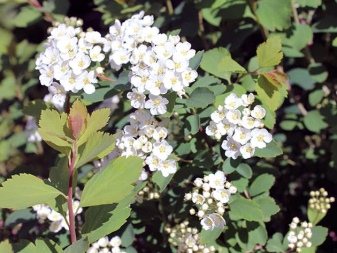

- "Renaissance". A variety bred to create spectacular "weeping" hedges. Belongs to the Wangutta group of spirits of American selection. In addition to lush flowering, it is also famous for its high resistance to the development of various diseases.
The optimal solution for planting along the boundaries of the site.
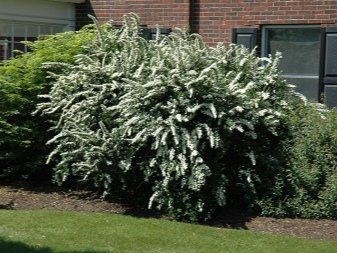

- Pink Ice. An unusual variety of Vangutta spirea with a lush rounded crown, strewn with pale pink inflorescences in season. The originality is also added by the fact that the plant has a mosaic leaf color from nature. A bizarre pattern on them is formed by 2 tones: beige-brown and olive. The bush is very decorative, it lends itself well to cutting.
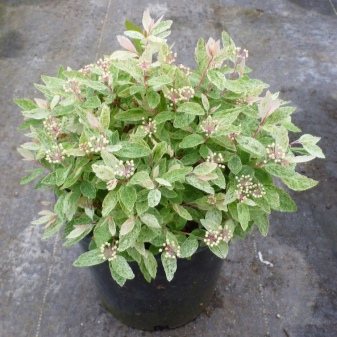

- Gold Fontaine. "Golden Fountain" is a variety of Wangutta spirea of Polish selection. He is one of the youngest and has not yet gained wide popularity, belongs to the slowly growing. The adult plant reaches 120 cm in height and 50 cm in diameter, compact. Weeping branches, hanging to one side, are covered with lush corymbose inflorescences in summer. This variety has unusual creamy leaves that look very unusual against the background of the surrounding greenery.
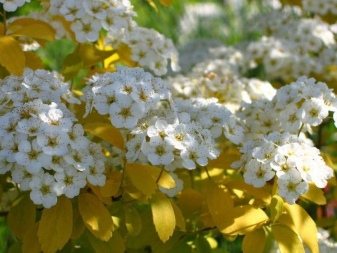

Spirea Bumalda (Spiraea x bumalda)
This hybrid of Japanese and white-flowered spirits is found in gardens even more often than its "parents". Spirea Bumalda is a short shrub (up to 75 cm) with a spherical crown, erect branches, ovate-lanceolate leaves and pink or crimson flowers.
The most popular varieties:
- Gold Flame (pink flowers, leaves when blooming are bronze-orange, later - golden-yellow, in summer - greenish-yellow, and in autumn - copper-orange);
- Darts Red (inflorescences are deep crimson, leaves are pinkish when blooming, in summer they are dark green, and in autumn they are red).
| Growing | the growth rate is average. Wind resistant. Dust, smoke and gas resistant, tolerates urban environment well.Moderately heat and drought resistant. It tolerates pruning after flowering. Resistant to pests and diseases. Honey plant. |
| Group | Deciduous shrubs |
| Winter hardiness | high, in frosty winters, the ends of shoots and flower buds can freeze. After harsh winters, the plant recovers, blooms the next year. USDA Zone 4 (5). |
| Latin name | Spiraea x vanhouttei |
| Location | light-requiring, tolerates weak shading. |
| Description | Shrub up to 2 m tall with a dense, spreading, rounded crown and arcuate curved branches. Leaves are ovate, 3-4.5 cm long, glabrous, dark green above, dull-gray below. Autumn color is yellow, sometimes purple-brown, but does not appear every year. Blooms profusely in the last decade of the V - beginning of the VІ on last year's increments. The flowers are pure white, up to 0.8 cm, in umbellate inflorescences 4–5 cm in diameter, completely cover the branches and hide the leaves. One of the most decorative large early flowering spirits, sometimes called "May snow" for its abundant flowering. A hybrid obtained from crossing the Spirey Cantonese and three-bladed (S. cantoniensis × S. trilobata). |
| Application | free and trimmed hedges, group and single plantings; a great accent in mixed compositions. |
| Reproduction | summer cuttings. |
| Light mode | |
| Soil requirements | undemanding, prefers fertile, drained, fresh sandy and loamy soils, slightly acidic and neutral. |
Distribution and habitats
Spirea Vangutta grows in the Northern Hemisphere of our planet: in Asia it grows in latitudes above the Himalayan mountains, in Europe, the shrub is found in the forest-steppe, forest and semi-desert natural zones, as well as in the subalpine mountain belt. On the territory of America, it is distributed above Mexico.
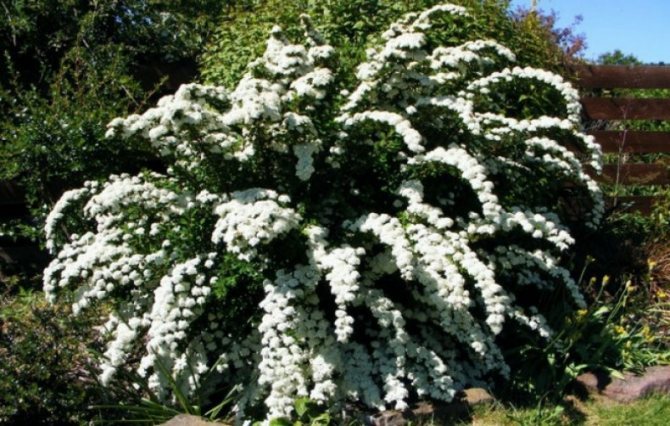

Prefers areas with sufficient sunlight, nutritious soil, tolerates cold well.
Did you know?The bark of spirea served as a raw material for the creation of acetylsalicylic acid or aspirin, known to all nowadays.

